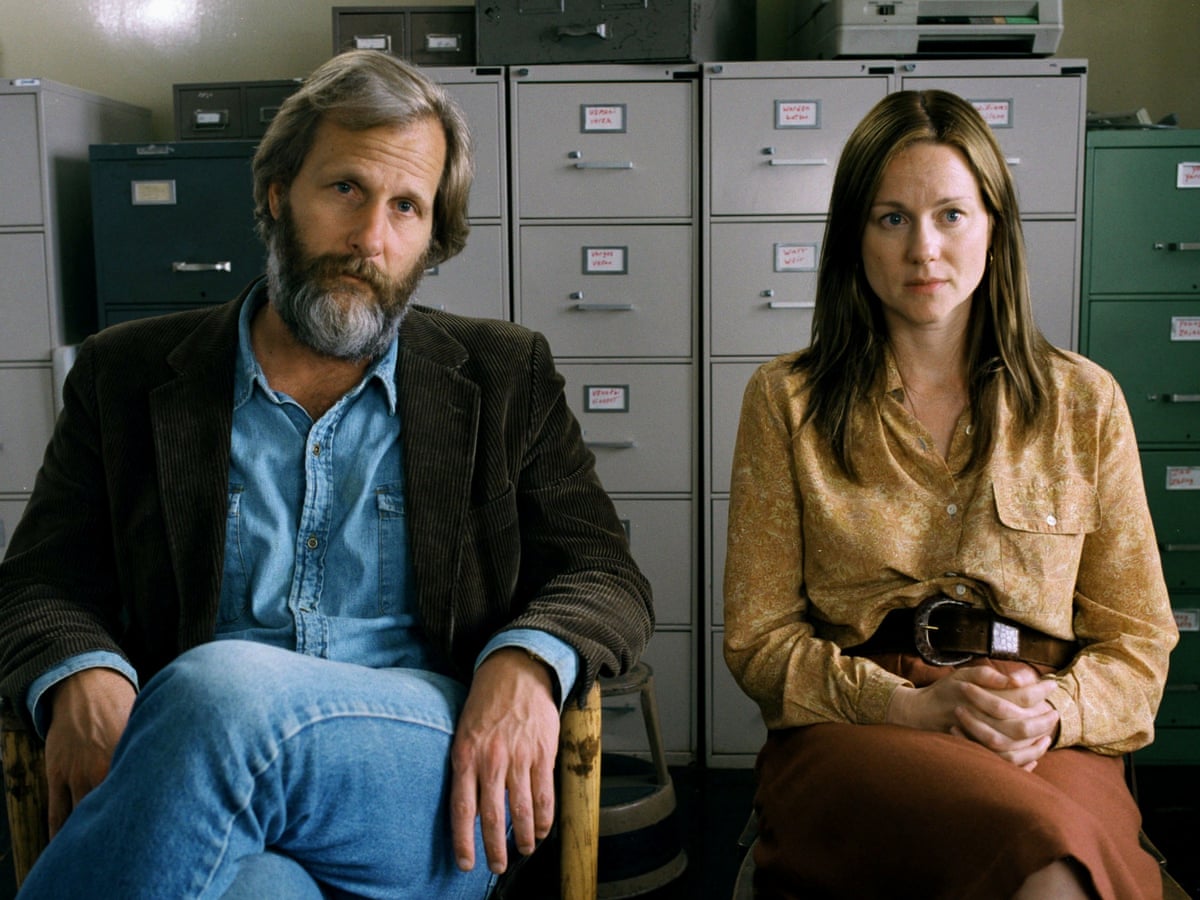Introduction
Darren Aronofsky’s The Whale (2022) brings us an emotionally charged narrative that delves deep into themes of body image, redemption, and human connection. At the heart of the film is Brendan Fraser’s transformative portrayal of Charlie, a reclusive, morbidly obese man trying to reconnect with his estranged daughter. With Aronofsky’s signature style and Fraser’s remarkable performance, The Whale is a film that captivates and challenges viewers in equal measure.
The story is not just about Charlie’s physical struggle but also about the emotional weight he carries. As the film explores his relationships with his daughter, caregivers, and friends, it becomes a raw examination of guilt, forgiveness, and the possibility of personal redemption. Let’s dive deeper into why The Whale is a must-watch, its powerful performances, and the universal themes it explores.

Brendan Fraser delivers a powerful performance in *The Whale, showcasing a story of self-reflection, vulnerability, and redemption.*
What Makes The Whale Special?
The Whale stands out for its honest and raw portrayal of a complex character, Charlie. Aronofsky does not shy away from the uncomfortable aspects of body image and personal failure, but instead, he crafts a narrative that invites empathy and introspection. This is a film that doesn’t simply highlight physical suffering but delves into the emotional and psychological ramifications of living in a body that society constantly marginalizes.
The movie also examines the concept of human connection in its most fragile form. Charlie’s attempt to reconcile with his daughter, Ellie (Sadie Sink), forms the emotional core of the story. Their relationship, steeped in pain and unspoken words, creates a sense of urgency in Charlie’s efforts to make amends before it’s too late. The Whale is a poignant reminder of how deep emotional scars can shape and define people’s lives, often leading them to build walls around their hearts.
The Plot and Storytelling
Charlie’s Struggle and Redemption
At its core, The Whale is a story about redemption. Charlie, a former college professor, has isolated himself due to his physical condition and the choices he made in his past. His life is defined by guilt—guilt over his failed marriage, his estranged relationship with his daughter, and his own self-destructive behavior. Throughout the film, Charlie tries to find some sense of redemption, particularly by reconnecting with Ellie, whom he has hurt in many ways.
The film’s narrative doesn’t shy away from exploring the painful reality of Charlie’s emotional and physical decay. His attempts to repair his relationship with Ellie are at the forefront of the story, making the stakes incredibly high for him. As Charlie tries to open up to her, the film beautifully explores themes of forgiveness, love, and the difficulty of confronting one’s past.
Supporting Characters and Relationships
While Charlie is undeniably the focus, The Whale also brings forward compelling supporting characters that add depth to the narrative. Liz (Hong Chau), Charlie’s nurse and caretaker, is one of the most pivotal figures in his life. Liz is the one person who continues to stand by Charlie’s side, offering both tough love and unwavering support. Her role in Charlie’s life represents the theme of caring for others, even when they seem beyond saving.
Ellie’s relationship with Charlie is fraught with tension, anger, and sorrow. Sadie Sink brings incredible nuance to the character of Ellie, playing a daughter deeply scarred by her father’s abandonment. The complicated dynamics between Charlie and Ellie are central to the film’s emotional impact, and Sink’s performance is both powerful and heartbreaking.

Sadie Sink’s portrayal of Ellie adds depth and emotional complexity to the central family conflict in *The Whale.*
Brendan Fraser’s Performance
The Physical and Emotional Transformation
Brendan Fraser’s portrayal of Charlie in The Whale is nothing short of extraordinary. Fraser, who has undergone a physical transformation for the role, plays a character struggling with intense physical and emotional burdens. His performance is a remarkable display of vulnerability, as he shows not just the external struggle of Charlie’s obesity but also the internal conflict that drives him toward self-destruction. Fraser’s commitment to the role—both physically and emotionally—has earned him widespread acclaim and makes The Whale an unforgettable cinematic experience.
The physical transformation Fraser undergoes for the role is stark, but it’s his emotional depth that truly drives the character’s journey. He imbues Charlie with a quiet dignity that makes his pain all the more palpable. Whether it’s Charlie’s attempts at humor, his tender interactions with Liz, or his heartbreaking scenes with Ellie, Fraser brings an unmatched sincerity to the role that anchors the entire film.
Cinematography and Direction
Scorsese’s Signature Cinematic Style
The cinematography in The Whale plays a critical role in amplifying the emotional weight of the film. Aronofsky’s direction is intimate and precise, using the confined space of Charlie’s apartment to reflect his emotional isolation. The camera often lingers on Charlie’s face, highlighting the weight of his struggles, both physical and emotional. The minimalist setting is a reflection of Charlie’s life—closed off, isolated, and consumed by his own guilt.
Aronofsky’s use of close-ups and slow pacing enhances the emotional intensity of the story, allowing the audience to feel deeply connected to Charlie’s journey. The choice to keep the action largely confined to a small apartment mirrors Charlie’s own confinement in his mind and body, adding a layer of visual storytelling that perfectly complements the film’s narrative.
The Use of Setting and Visuals
The film’s setting—primarily confined to Charlie’s cramped apartment—adds to the sense of emotional suffocation that Charlie feels. The stark, claustrophobic environment mirrors his internal state, highlighting his inability to escape his past and his own body. While the apartment setting could have been stifling, Aronofsky uses it to create an atmosphere of tension, where every moment feels laden with significance.
The visual design is also important in conveying the emotional tone of the film. The dim lighting, muted colors, and minimalistic set design reflect Charlie’s mental and emotional state, making each interaction feel heavy with meaning. The film’s style enhances its narrative, offering a haunting visual complement to the raw themes of body image, guilt, and redemption.

The film’s minimalist setting and subdued cinematography reflect the internal struggles of the protagonist, Charlie.
Stay tuned for the second part of our review, where we’ll dive deeper into the film’s critical reception, its exploration of human relationships, and why The Whale is a must-watch for anyone interested in powerful, character-driven cinema.
Music and Sound Design
The Role of Music in the Film
One of the standout elements of The Whale is its emotional soundtrack, which significantly enhances the film’s impact. The music complements the intense emotional journey that Charlie undergoes, with the subtle and often somber score intensifying key moments of despair and self-reflection. Aronofsky’s choice of music underscores the isolation Charlie feels and highlights the poignancy of his struggle for redemption.
The sound design plays an equally important role in building the atmosphere. The subtle ambient sounds of Charlie’s apartment—a place he rarely leaves—mirror his emotional isolation and create a sense of confinement. Music and sound work together to immerse the viewer in Charlie’s world, allowing for a deeply visceral cinematic experience.
Reception and Impact
Critical Praise and Awards
The Whale has received widespread critical acclaim, particularly for Brendan Fraser’s transformative performance. Critics have been quick to praise Fraser’s dedication to the role, with many hailing it as one of the best performances of his career. The film itself has also garnered attention for its bold and sensitive approach to difficult topics, from body image to the complexities of family dynamics.
Fraser’s portrayal of Charlie has already begun to earn him significant recognition during award season, with nominations and wins expected in several prestigious categories. Aronofsky’s direction, combined with a poignant screenplay, ensures that The Whale will be remembered as one of the most emotionally charged films of the year.
“A devastatingly beautiful film, *The Whale is a true testament to Brendan Fraser’s extraordinary performance and Darren Aronofsky’s vision.”* — The New York Times
Cultural Impact of The Whale
Beyond its critical acclaim, The Whale has sparked important conversations about body image, mental health, and self-worth. By focusing on a character like Charlie, who struggles with obesity and guilt, the film brings these often-stigmatized topics into the spotlight. It challenges audiences to examine their perceptions of people living with obesity, particularly in how they are portrayed in the media.
The film’s exploration of Charlie’s relationships also touches on broader societal issues of empathy, love, and acceptance. It encourages viewers to reflect on the complexities of human connection, especially in a world that often values outward appearances over inner worth. The Whale serves as a poignant reminder of the need for greater understanding and compassion for those who face invisible battles.
Conclusion
Final Thoughts on The Whale
The Whale is a remarkable cinematic achievement, with its combination of compelling performances, sensitive storytelling, and powerful themes. Brendan Fraser’s portrayal of Charlie is a career-high, showing a level of emotional depth that resonates deeply with audiences. The film’s exploration of body image, guilt, and the desire for redemption is timely and crucial, encouraging viewers to engage with these complex issues.
Darren Aronofsky’s direction brings the story to life in a way that is both intimate and deeply emotional. The film doesn’t just focus on Charlie’s physical appearance but delves into his soul, exploring his painful past and his yearning for connection and redemption. The Whale is a film that will stay with you long after the credits roll, offering a thought-provoking and heartfelt journey into the human condition.
“The Whale* is a masterpiece of performance, a gripping exploration of guilt, forgiveness, and the possibility of redemption.”* — Variety
Frequently Asked Questions (FAQs)
Q1: What is the main theme of The Whale?
The main theme of The Whale revolves around redemption and self-acceptance. The film explores how Charlie, a man living with obesity, seeks to rebuild his relationship with his estranged daughter while grappling with his past and his own self-worth.
Q2: How did Brendan Fraser prepare for his role in The Whale?
Brendan Fraser underwent a significant physical transformation for the role, gaining weight to portray Charlie authentically. He also immersed himself in understanding the psychological and emotional complexities of his character, which has been widely praised for its depth and sincerity.
Q3: Is The Whale based on a true story?
While The Whale is not based on a specific real-life story, it is inspired by the play of the same name by Samuel D. Hunter. The play was later adapted into a film, and it draws on universal themes of body image, isolation, and the struggles of self-acceptance.
